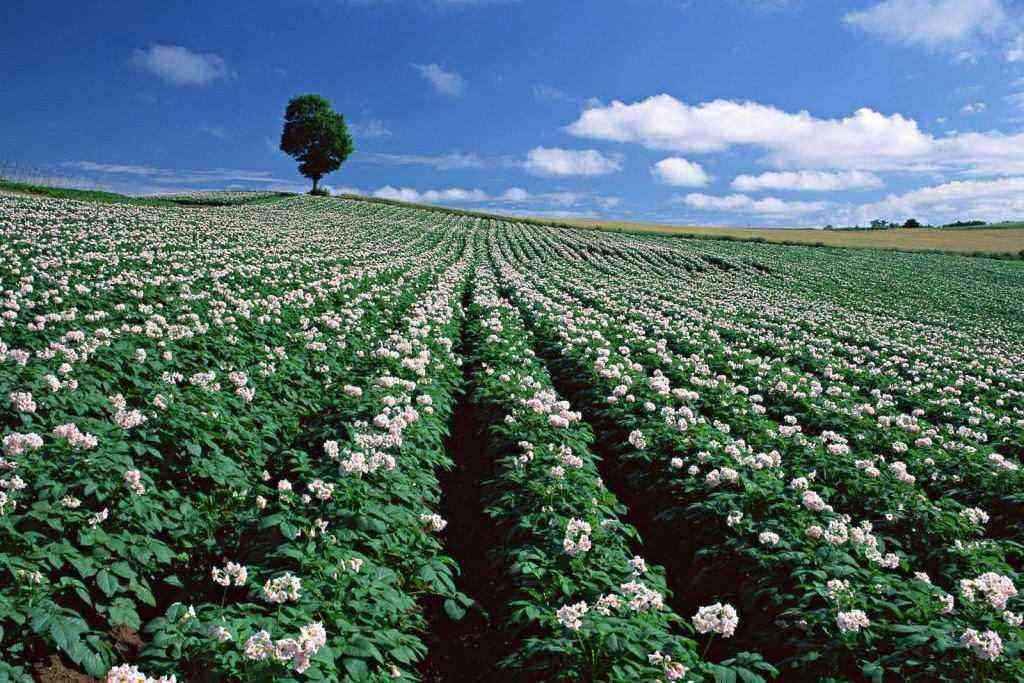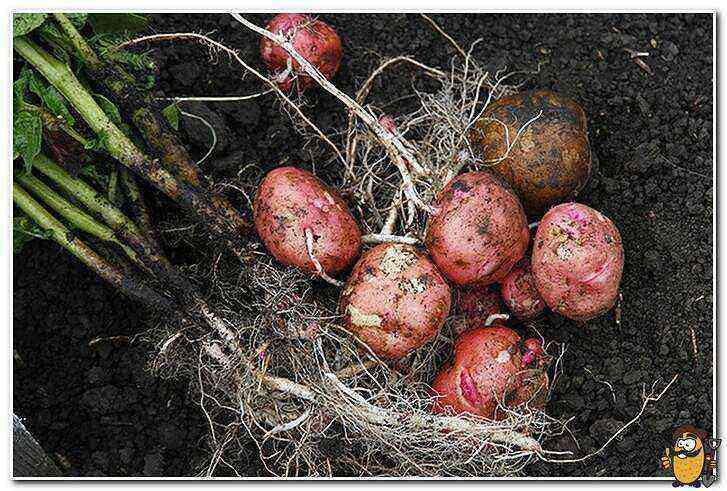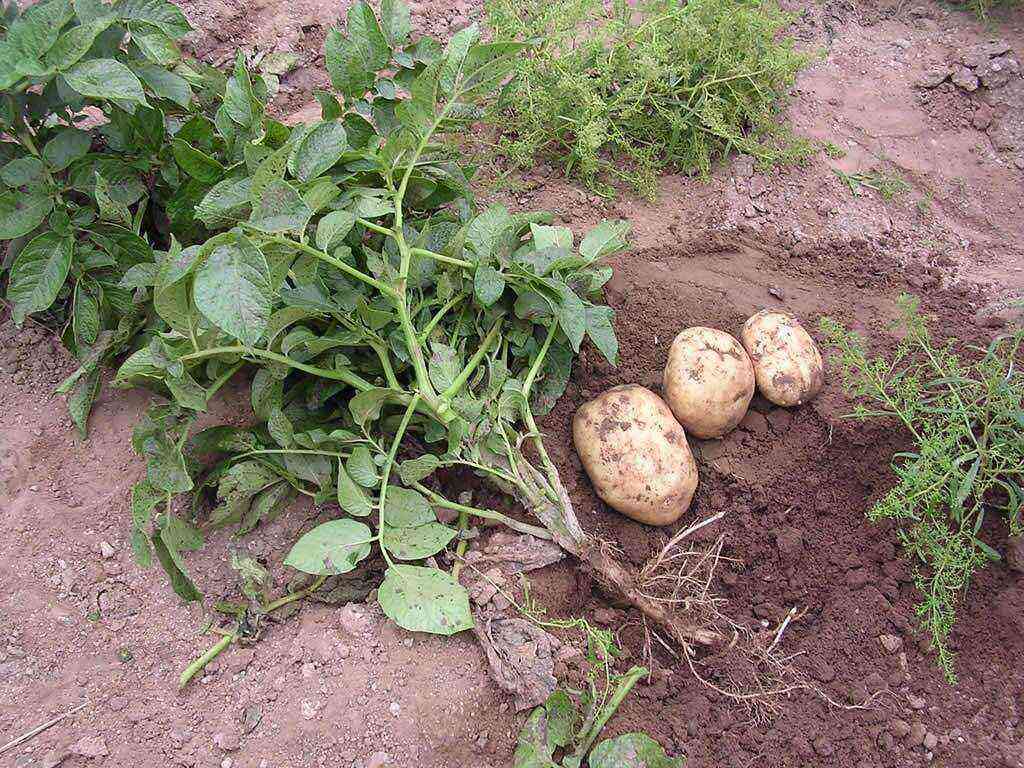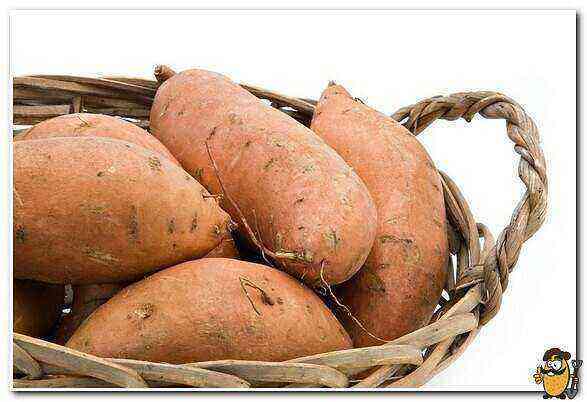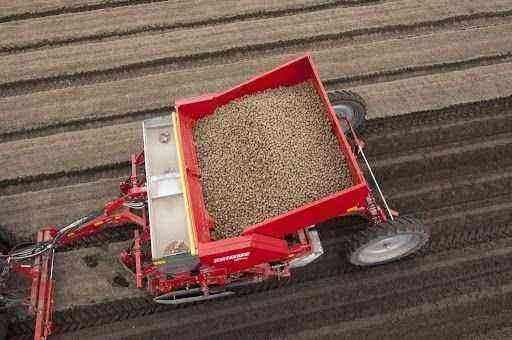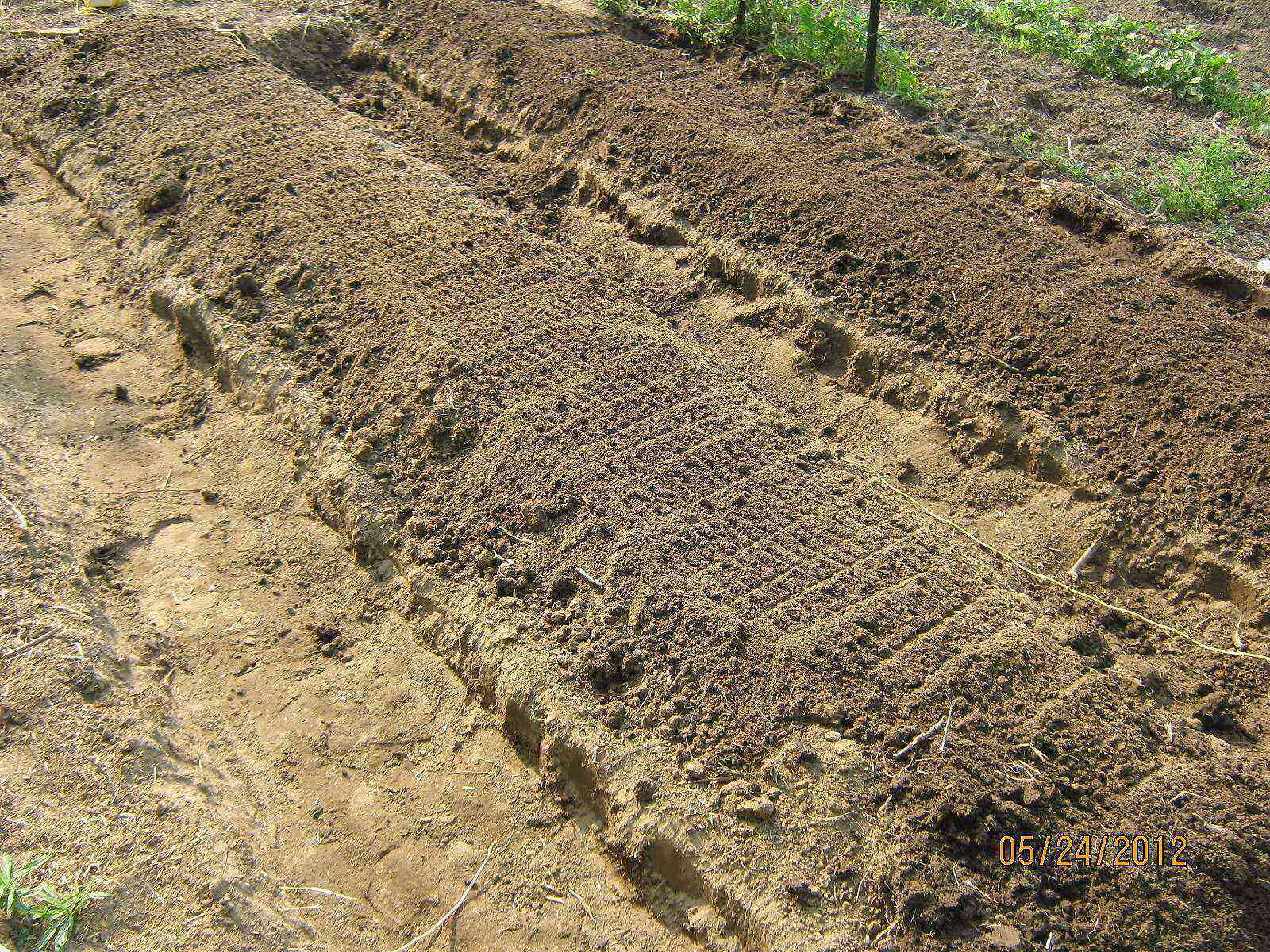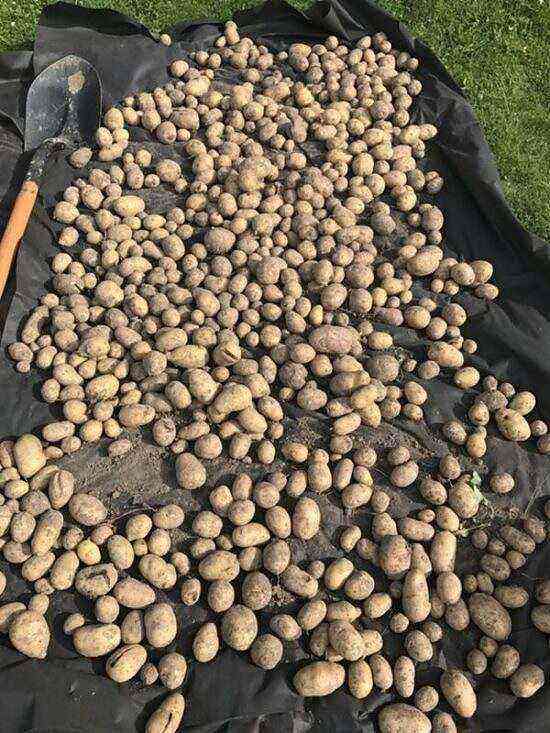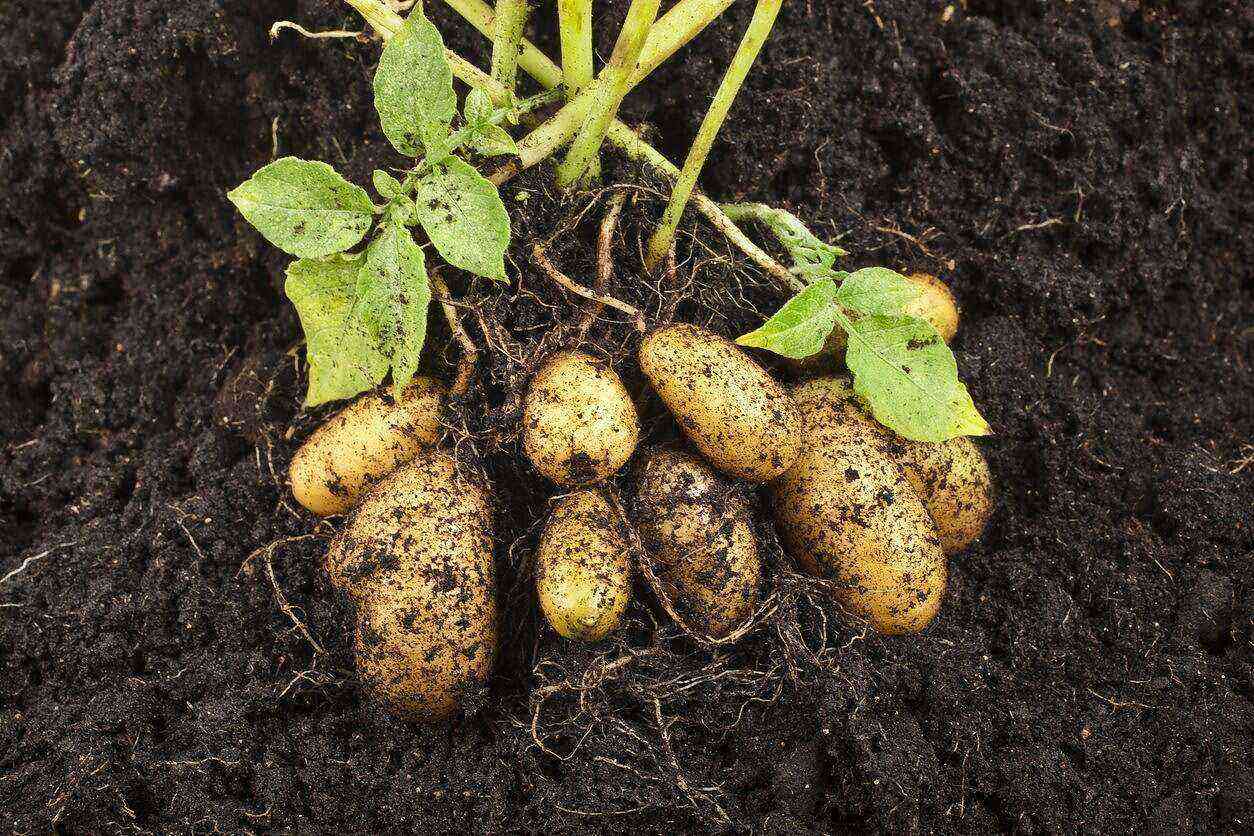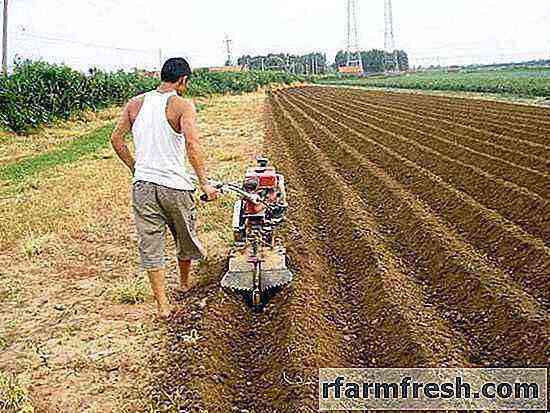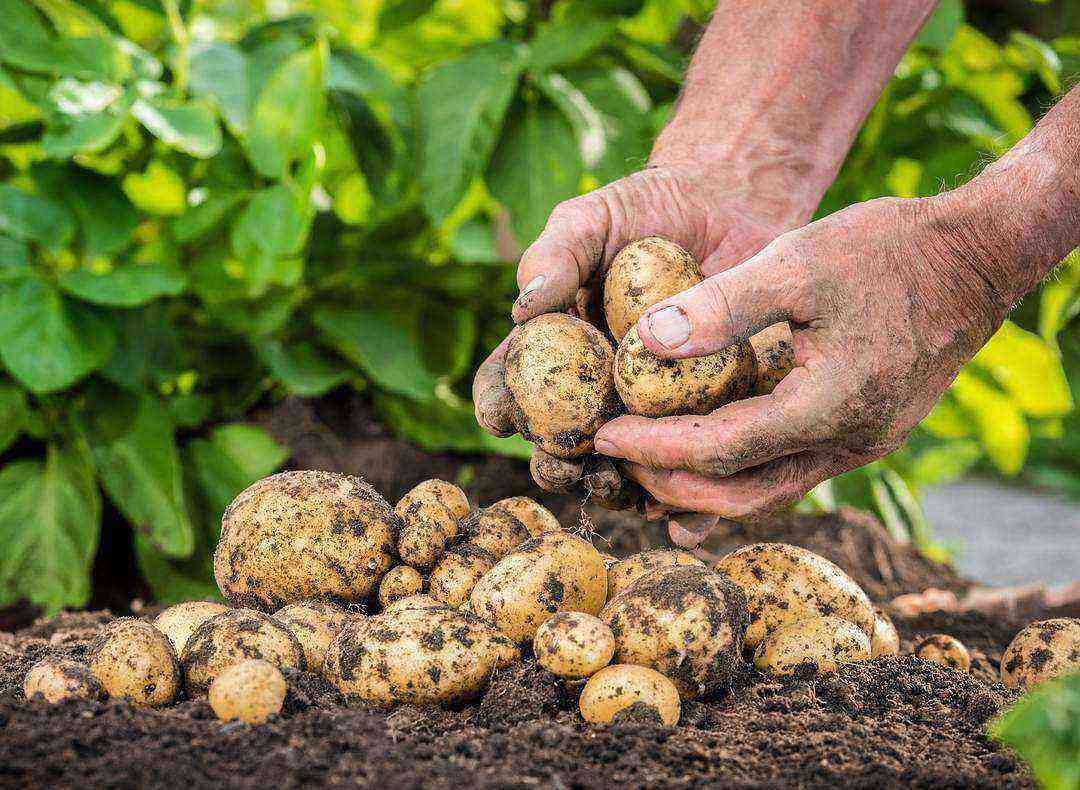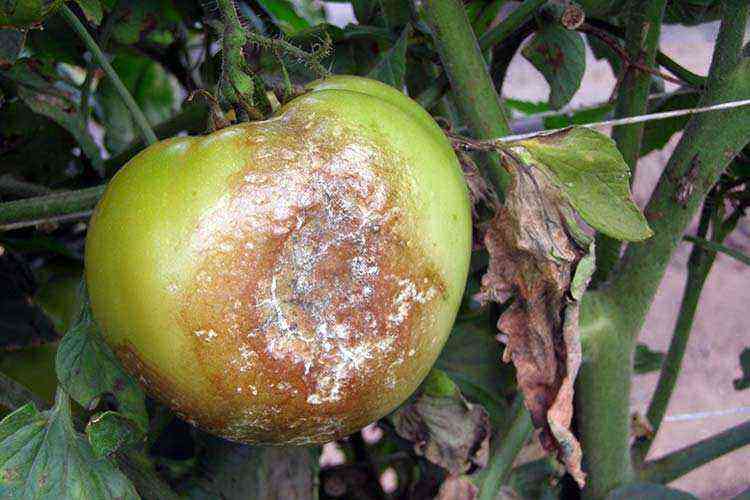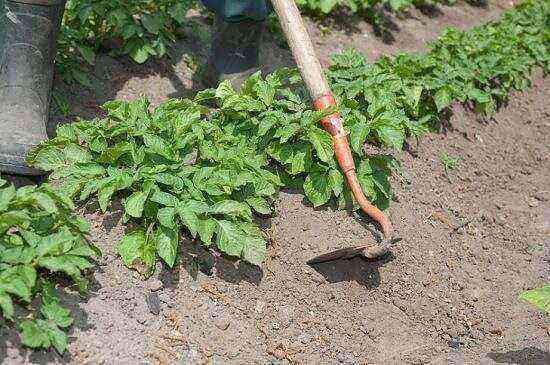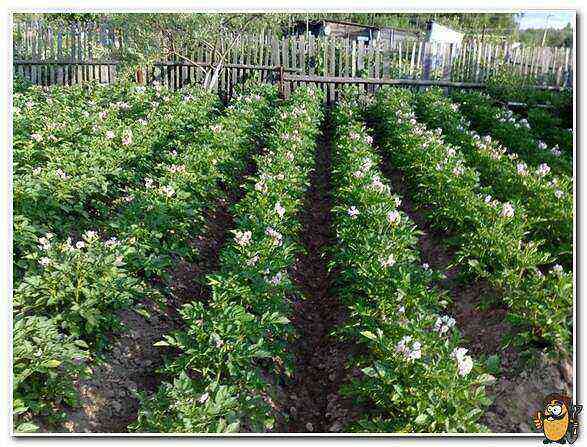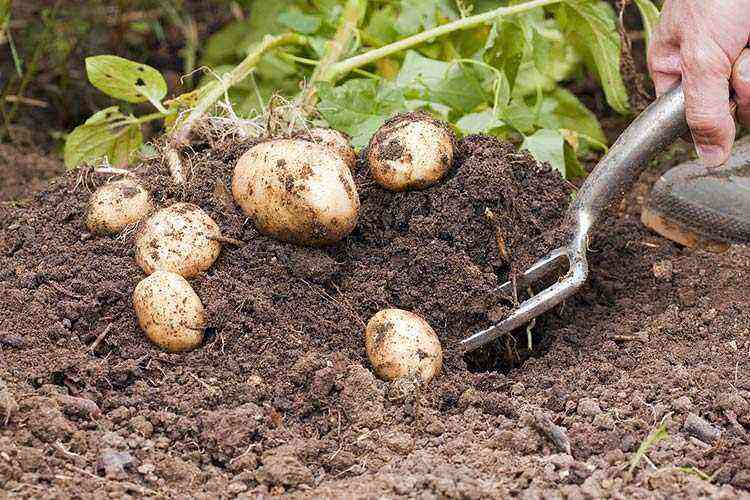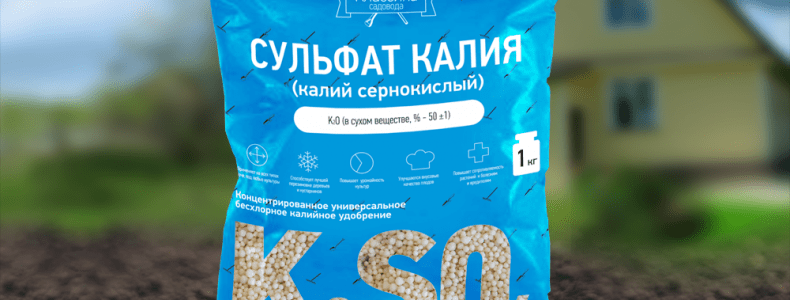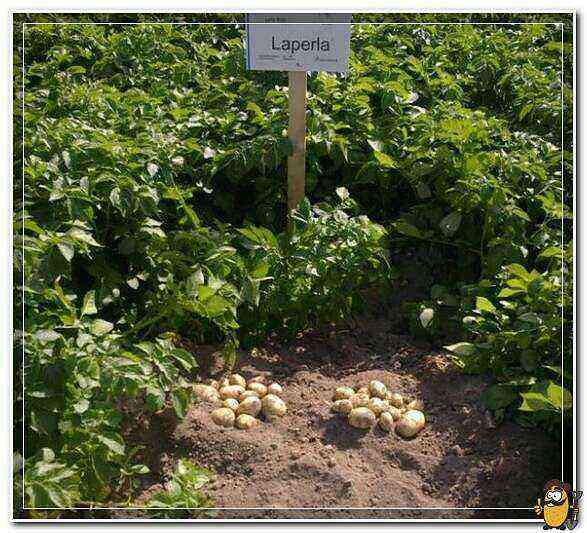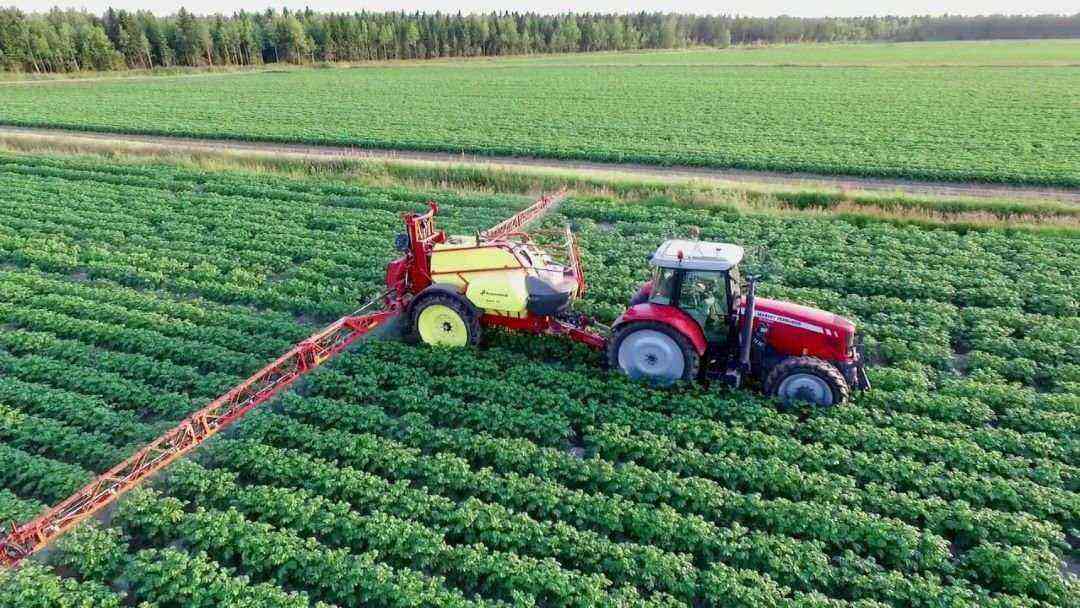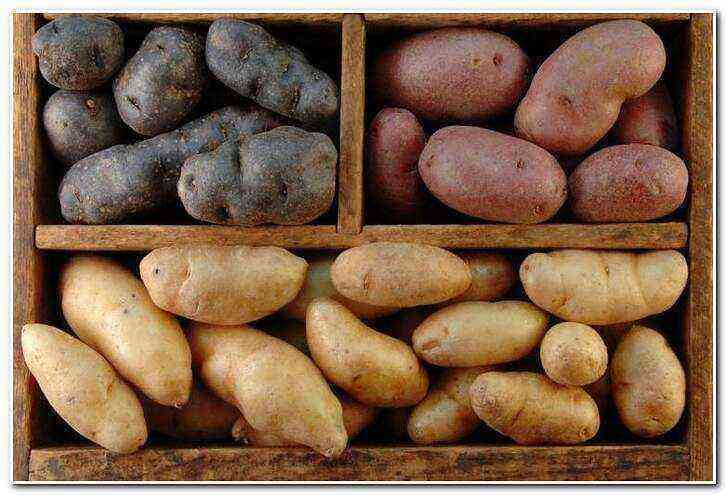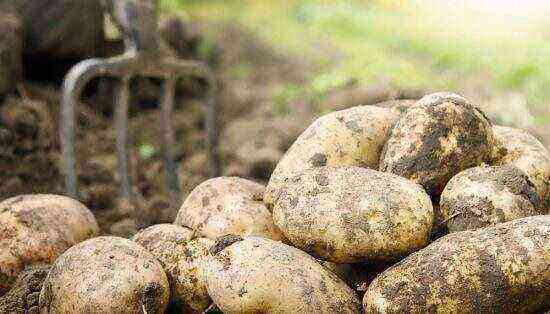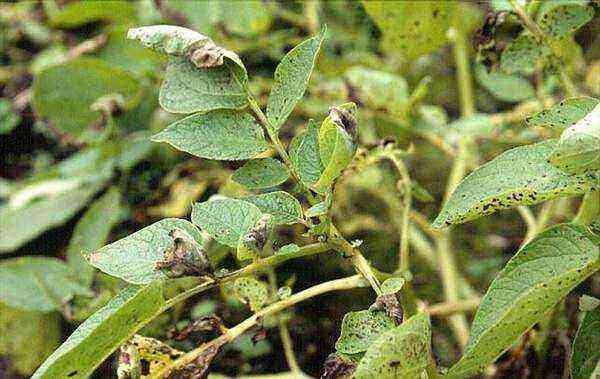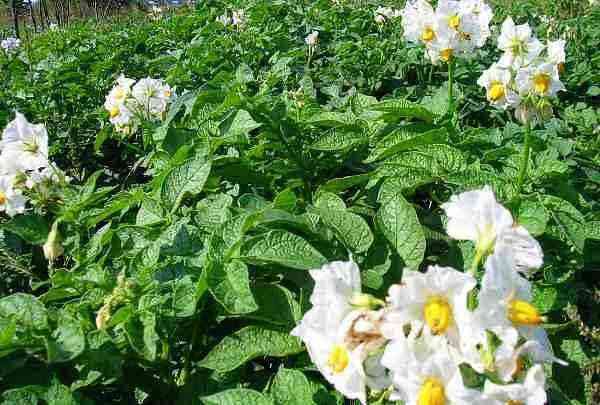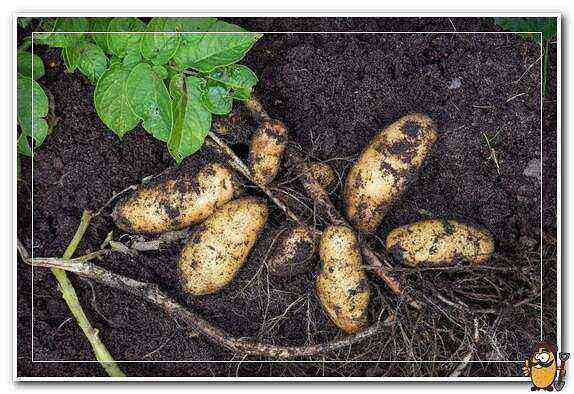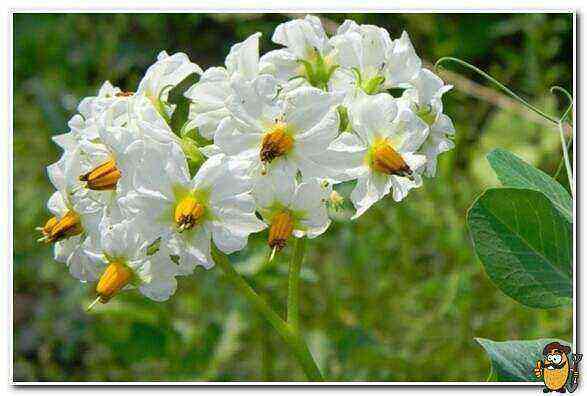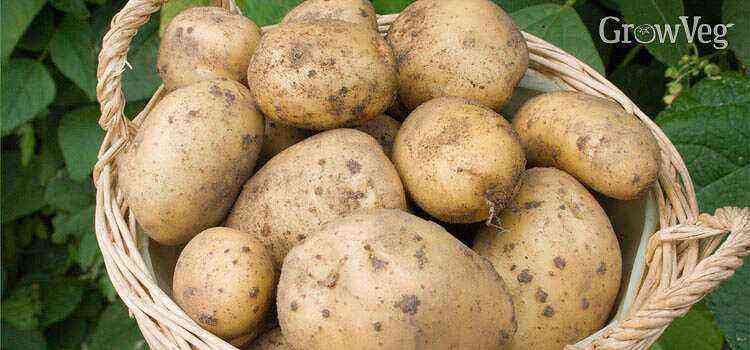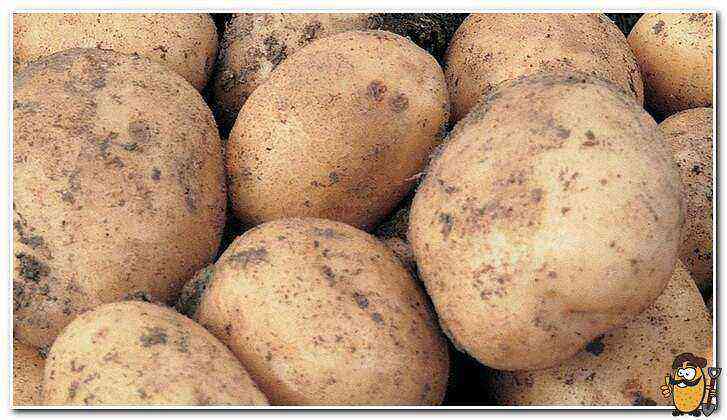Many gardeners are experimenting with potato varieties, trying to find the perfect one. But, unfortunately, potatoes, which would give a good harvest on scarce lands, easily tolerate droughts and prolonged rains, had an “iron” immunity to diseases and would not be afraid of insect pests, the breeders have not yet bred. However, this culture is getting closer to perfection every year. Thanks to incessant breeding work, new varieties with improved characteristics appear.
One of these is the Granada potato, bred in Germany in 2014 and registered in Russia in 2017. Initially, it was planned to grow it only in the Middle Volga region, but in just a few seasons it spread throughout the country, now it is popular in many areas and is considered one of the most promising. For what qualities did the agrarians love him? How could he win their hearts in such a short period of time? And why is it better than our potatoes? Let’s try to reveal the secret of the Granada potato variety.
Short description
The bush of this potato is a medium-sized plant with semi-erect, moderately spreading and abundantly leafy stems. The leaves are rather large, light green. The flowers of Granada are white, with a faint anthocyanin tint on the inside of the corolla. On the beds, the plants look well-groomed, they are pleasant to admire.
The root system of the Granada potato is well developed, producing up to 15 potatoes, almost the same in size. The tubers are distinguished by a slightly elongated oval shape and evenly distributed small eyes. Under the thin yellow skin of this potato there is a pulp of the same color (or slightly lighter), which has excellent taste. When cut, mechanical damage, heat treatment, it does not darken.
Main characteristics of the variety
Granada is a high-yielding variety of German selection, which is referred to as medium late. From the moment of planting to full maturity of the tubers, it takes from 90 to 110 days. The ripening period depends on the region and growing conditions. Tubers with an average weight of 80-120 g have an excellent presentation. In general, the yield is 500-550 c / ha, and with proper agricultural technology it can reach up to 600 c / ha. The keeping quality of tubers is also commendable, 97% of last year’s harvest is preserved until spring.
The advantages of this potato include unpretentiousness to the conditions. It grows well in all regions of our country except the northern ones. For good growth and development, plants require standard agricultural techniques; a high yield can be counted on without any special methods and techniques. The variety is resistant to such common crop diseases as late blight, potato cancer, nematode, scab.
Separately, it is worth mentioning the high taste of Granada tubers, as well as their versatility. They delight not only with excellent taste, but also with a pleasant yellow tint that does not disappear during cooking. The digestibility is average, there is no excessive wateriness, the starch content is 15-17%. You can cook various delicious dishes from this potato, and in all known ways. It is suitable for cooking, frying, baking, it can be the main ingredient in a dish or be an excellent addition to salads and vegetable snacks.
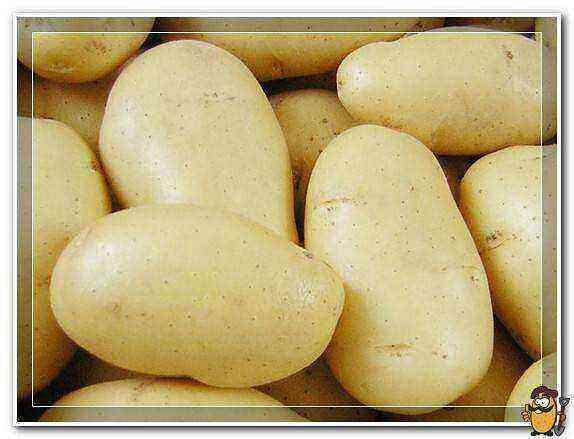
Of all the listed advantages, both gardeners and specialists of large farms are primarily attracted by the phenomenal yield of this variety. According to this indicator, Granada has left far behind many high-yielding varieties, as can be seen by looking at the comparison table.
Variety
Yield (c / ha)
Granada
up to 600
Santa
570
Sineglazka
up to 500
Tuleevsky
450-500
Laura
330-510
Adretta
450
Alvara
290-440
Ilyinsky
180-350
It will be fair to say that it is not always possible to collect 600 quintals of selected potatoes from one hectare. The formation of the crop to a certain extent depends on the composition of the soil, weather conditions and a number of other factors. Although Granada is unpretentious in care, you still need to know some of the agrotechnical subtleties. It is about them that will be discussed below.
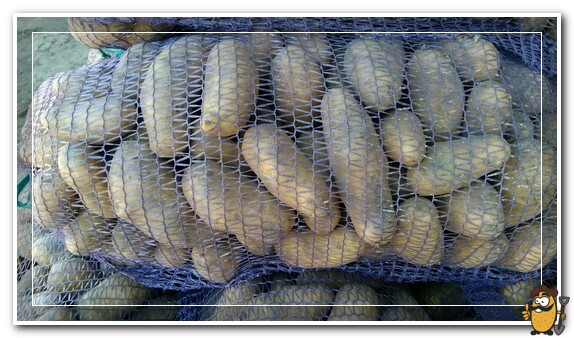
Features of growing potatoes of the Granada variety
Preparation of planting material and planting
Experienced potato growers start cooking in the fall. Seed material is taken immediately after harvesting and sorting the crop. Healthy medium-sized tubers are suitable for planting, capable of producing the same healthy and strong sprouts. You should not leave small potatoes for planting, in this case there is a great risk of reducing the yield and quality characteristics of the variety.
There are two ways to plant Granada potatoes:
- pre-germinate seed potatoes;
- take it out of the storage and drop it off immediately into the open ground.
In the first option, the tubers are placed in boxes filled with earth, peat and sand, covered with foil and left in a well-lit room. In this case, peat should be about 4 times more than the rest of the components. During germination, it is important to control the moisture content of the peat mixture and add water to it as it dries. As a rule, the first shoots appear on the surface after 2-2,5 weeks, and after another 2 the planting potatoes are considered ready for planting in the garden.
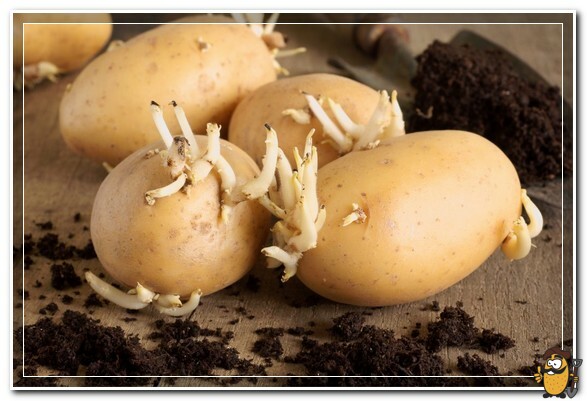
Without germination, Granada potatoes can be planted at the end of April, usually at this time the ground is already warming up to the desired temperature – +8 degrees. If forecasters are afraid of possible frosts, then it is better to postpone the event for a week or even two, taking into account forecasts.
The planting method depends on the climatic conditions of the region. If the climate is dry and the soil is light, you can plant Granada potatoes in furrows or holes. For dense, moist soil, the ridge method is more suitable, which allows the plants to be raised. The planting depth also depends on the density of the soil. In loose soil, planting tubers are embedded 10-12 cm, in heavy clay they should not be deeper than 5-6 cm.
The recommended distance between rows is 65-70 cm, between bushes – 30 cm. With this scheme, the bushes will not shade each other. During planting, ash is added to each hole (about half a glass). This fertilizer, which contains a lot of useful microelements, is quite enough for plants at the initial stage of growth. It is strongly not recommended to bring in fresh, not rotted manure. It can cause the death of seed, if not all, then a good half of it.

Hilling
This agrotechnical technique is one of the main activities for caring for potato plantings. It is required for:
- protection of seedlings from possible spring frosts;
- the formation of a good root system that forms the harvest;
- keeping the bushes in an upright position (the earthen slide does not allow them to fall apart).
Granada potatoes are spud at least 2 times per season. The first is when the plants rise above the soil surface to a height of 15 cm, the second – before flowering, the third – if the need arises.
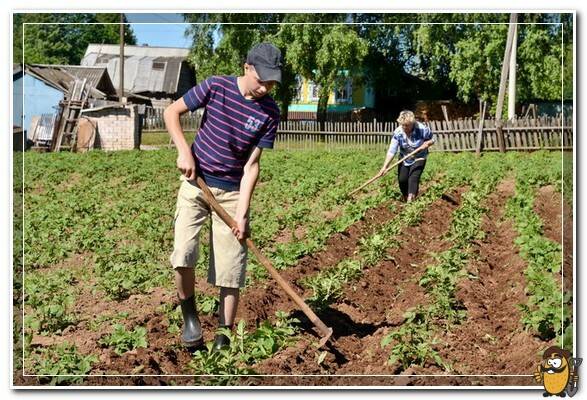
Application of fertilizers
The first feeding is carried out about a month from the day of planting. Experienced potato growers recommend feeding young plants with a nutrient mixture consisting of superphosphate, potassium sulfate and urea in a 2: 1: 1 ratio. For 10 liters of water, 20 g of the first component and 10 g of the second and third are required. The bushes are watered with this solution at the root. If the tops are lush, this indicates an excess of nitrogen in the soil. In this case, urea can be excluded.
Potato growers note that Granada responds well to bird droppings. This natural fertilizer is used at a rate of 200 g per square meter. You can feed droppings during the budding period, as well as after flowering.
Watering
There is no need to water the plants often and abundantly, since they do not need a lot of moisture. In the southern regions with a drier climate, watering can be carried out no more than once every 10 days. In northern rainy regions, the frequency and amount of irrigation depends on the condition of the soil and weather conditions. If it rains constantly, there is no need to moisten the earth. In relatively dry weather, gardeners are limited to three waterings: after germination, during bud formation, after flowering.

Infection and pest control
Above, the high resistance of the variety to many diseases of the culture has already been noted, but, unfortunately, it does not have immunity to everyone. Granada potatoes can infect the Alternaria, which appears as brown or dark brown spots on the leaves. As a rule, the first signs of the disease appear 2-3 weeks before flowering. Prevention of this disease is reduced to the treatment of planting tubers with biological products. For example, you can spray the planting material with Baktofit, Integral, Agat-25 or Planriz. During the growing season, solutions of Cuproxat, Profit, Mancoceb or Thanos are used.
At any stage of growth, potato plantings can suffer from fusarium, but most often this occurs during the flowering period. The danger of the disease lies in its rapid spread, this is especially noticeable at high humidity. The plant stems become brown, and the leaves, on the contrary, brighten, after which the entire aerial part begins to rot. Under optimal conditions, the infection takes only a few days to destroy the bush. To avoid fusarium wilting, potato growers process seed potatoes before planting with Fitosporin and Baktofit preparations.
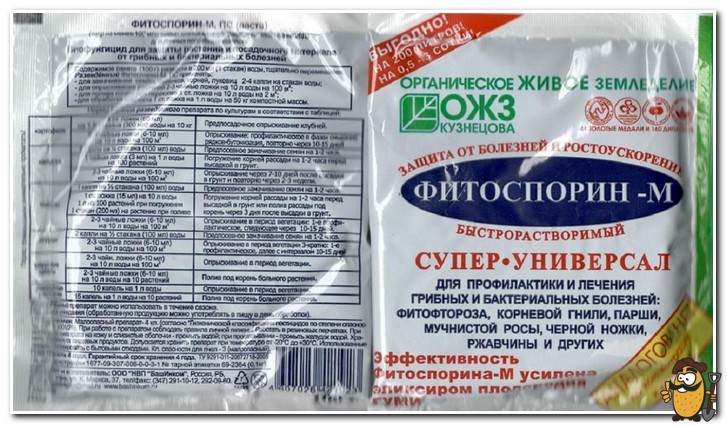
Granada potatoes are also susceptible to attacks by insect pests. The greatest damage to the variety is caused by an overseas migrant who managed to adapt to our conditions. This is the notorious Colorado potato beetle, with which farmers are fighting in all available ways. In a small garden, you can limit yourself to manual collection and destruction of the pest and its larvae, but in large areas you will have to resort to the help of insecticides. For example, apply the biological insectoacaricide Bitoxibacillin.
Harvesting and sending to storage
Granada is a medium late variety. The tubers fully ripen almost 4 months after planting, so harvesting takes place in August. The harvested crop is carefully examined, removing from the total mass of potatoes with traces of disease and severe mechanical damage. Tubers with minor flaws are set aside for use first.
Before storing the crop, it is recommended to treat it with copper sulfate, which is diluted in water at the rate of 2 g / 10 l. At this stage, you can select medium-sized potatoes for planting next year.
Potatoes of the Granada variety, like other varieties, should be stored in a cool dry place with a constant temperature not exceeding +4 degrees. At higher temperatures, it will start to germinate immediately. The best storage capacity is considered to be wooden boxes, which should preferably be placed on supports to ensure air circulation. Otherwise, there is a risk of rotting tubers.
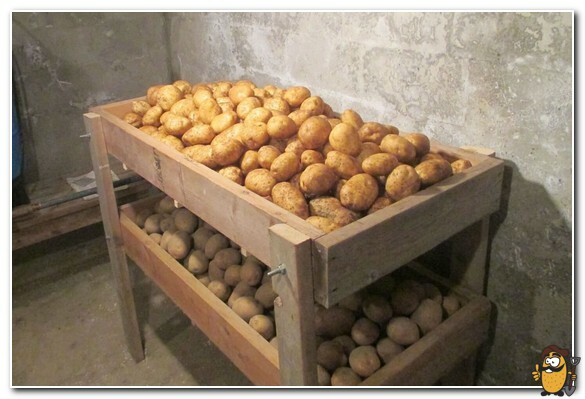
Should I give up the usual varieties and switch to Granada potatoes? Reviews, and they are mostly positive, speak of what it is worth. Firstly, the potato tends to gradually degenerate, therefore, in any case, the variety, no matter how good it is, will sooner or later have to be changed. Secondly, against the background of others, Granada looks very attractive. High yield, undemanding conditions, immunity to many diseases, great taste and culinary versatility – all this has already won over many of our gardeners.
